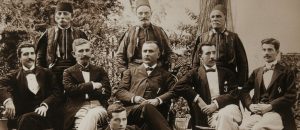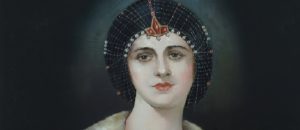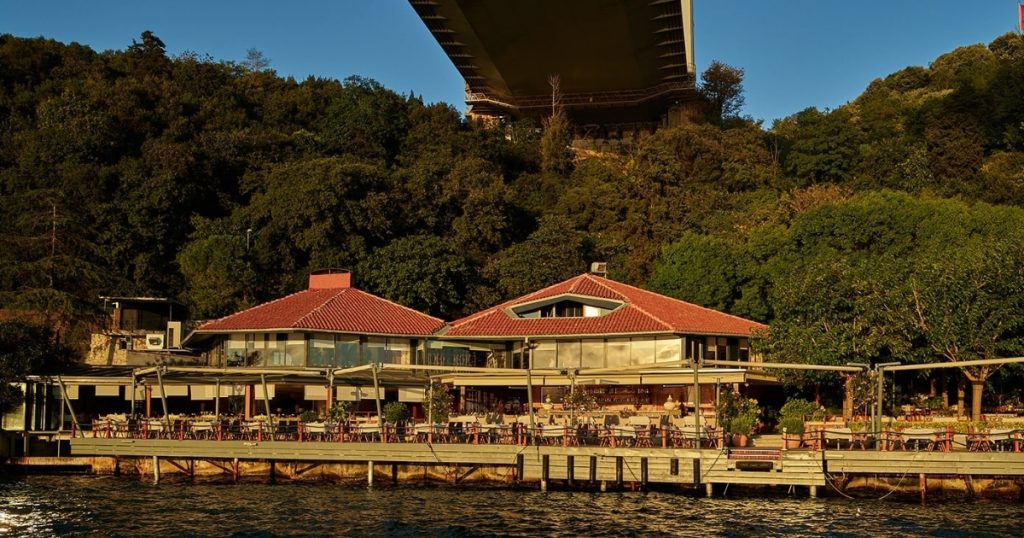The hundreds of crystal chandeliers hanging from the ceilings of Dolmabahçe Palace and the candelabra adorning its walls are not merely luxurious objects illuminating the space, but also the brightest and most glittering tools of 19th-century diplomacy. This collection, made of Baccarat and Bohemia crystals—especially the enormous chandelier gifted by Queen Victoria of England—was a symbol of power demonstrating the Ottoman Empire’s close relationship with Europe’s most luxurious brands, its technological modernity, and its prestige in the international arena. These crystals, with the light they reflected off the palace walls, sent dazzling diplomatic messages to the world, and especially to rival states.
More Than a Gift: Queen Victoria’s Chandelier
The undoubtedly most significant piece of Dolmabahçe’s chandelier collection and this “crystal diplomacy” is the giant chandelier suspended from the dome of the Ceremonial Hall (Muayede Salonu), gifted by Queen Victoria of England to Sultan Abdülmecid as a token of the alliance during the Crimean War.
Overwhelming Dimensions: This British-made chandelier, weighing 4.5 tons and having 750 bulbs, was one of the largest chandeliers in the world at the time. Its dimensions were designed to complete the monumental architecture of the Ceremonial Hall (Muayede Salonu) and create an overwhelming effect of power and wealth upon visitors.
Diplomatic Significance: This gift was not merely a display of generosity. It was a joint message against Russia, symbolizing how robust and “brilliant” the Ottoman-British alliance was. The queen of the world’s largest empire (Britain) was gifting one of the world’s largest chandeliers to the sultan of another great empire (Ottoman). This was the crystallized form of the unity and parity of powers.
Technological Superiority: The fact that this gigantic structure, initially lit by gas lamps, was later converted to run on electricity also demonstrated the Ottoman Empire’s capacity to follow and implement the latest lighting technology.
Baccarat and Bohemia: The International Language of Luxury
Besides Queen Victoria’s gift, a large portion of the palace’s crystal items, such as chandeliers, candelabra, vases, and even stair railings, consisted of French Baccarat and Czech Bohemia crystals—the two most prestigious brands of the period. The preference for these brands was a conscious strategy.
Universal Perception of Luxury: Baccarat and Bohemia were the universal language of luxury, elegance, and wealth for 19th-century European aristocracy. Equipping Dolmabahçe Palace with the products of these brands was a way of declaring that the Ottoman Sultan was also a member of this international elite club and shared the same tastes as them.
Display of Economic Power: These crystals were extremely expensive. Furnishing the palace’s hundreds of rooms with Baccarat and Bohemia products was a clear message demonstrating that the empire had the financial power to afford this luxury. This was a glittering challenge against the “Sick Man” image.
The Crystal Staircase
The fact that the railings of the famous Crystal Staircase (Kristal Merdiven) in the Selamlık section of the palace are made of Baccarat crystal is the peak point of this understanding of luxury. Crystal had transformed from merely an ornament hanging on the ceiling to a functional architectural element that was touched and stepped upon. This was proof of how far Westernization had advanced and how it had permeated every detail of palace life.
Conclusion: The Diplomacy of Light
In conclusion, Dolmabahçe Palace’s chandelier and crystal collection is the product of a sophisticated strategy that transformed light into a diplomatic tool. Diplomatic gestures, such as Queen Victoria’s enormous gift, and the generous use of international luxury brands like Baccarat, showcased the Ottoman Empire’s 19th-century political alliances, economic power, and cultural modernity to the world in the most brilliant way. These crystals did not just display the palace’s modern lighting technology but also served as glittering declarations illuminating the empire’s place on the international stage.














